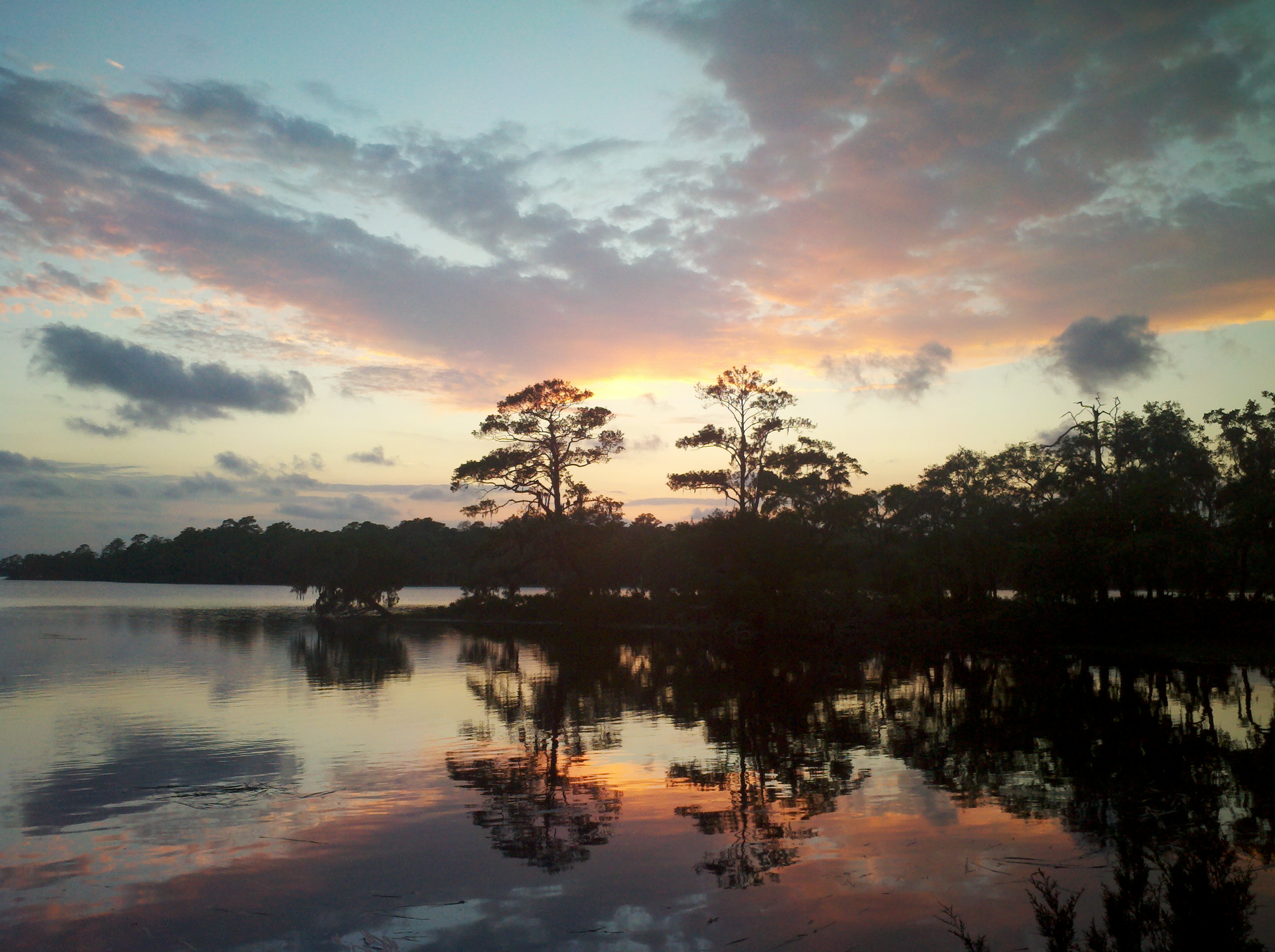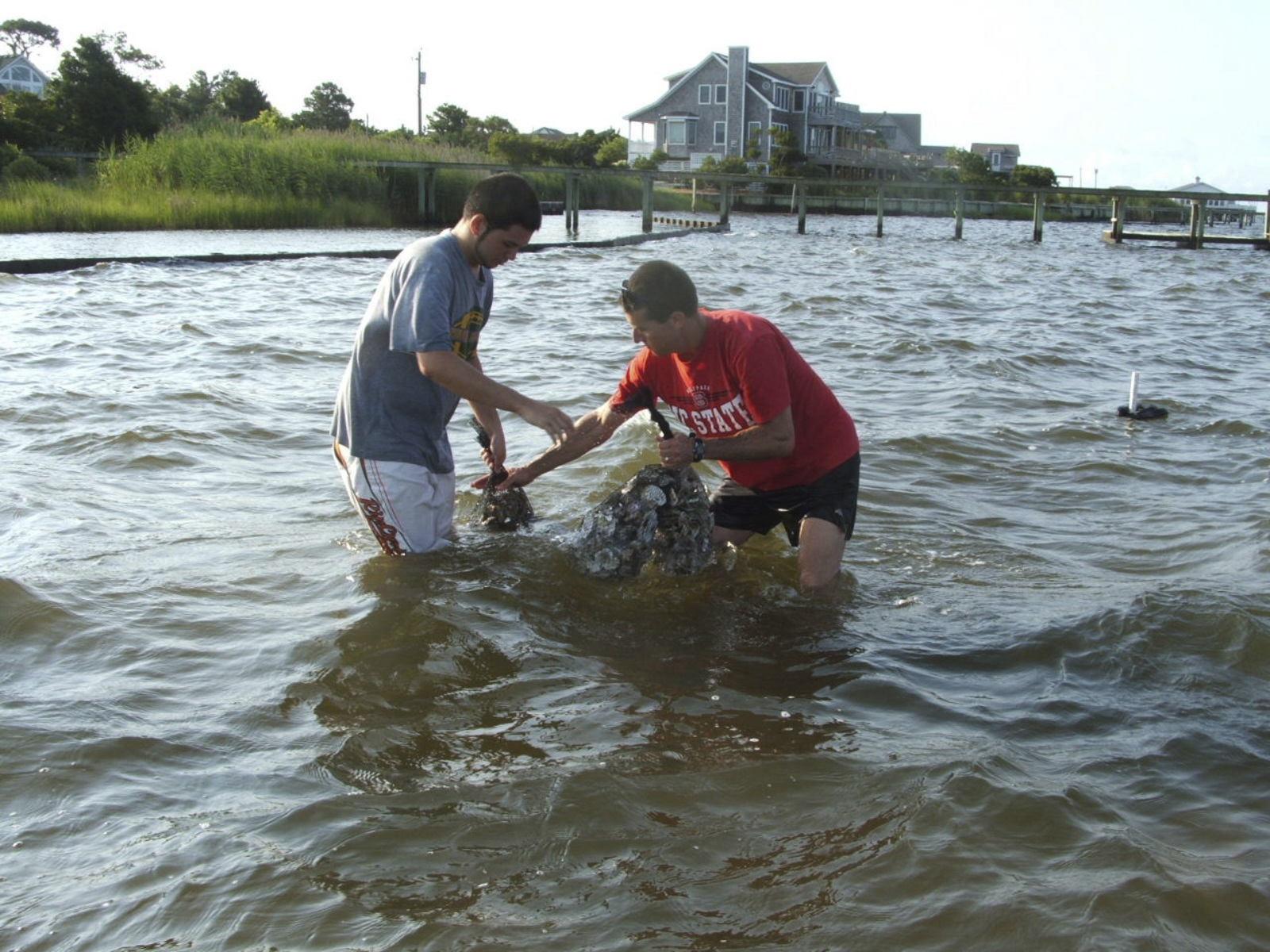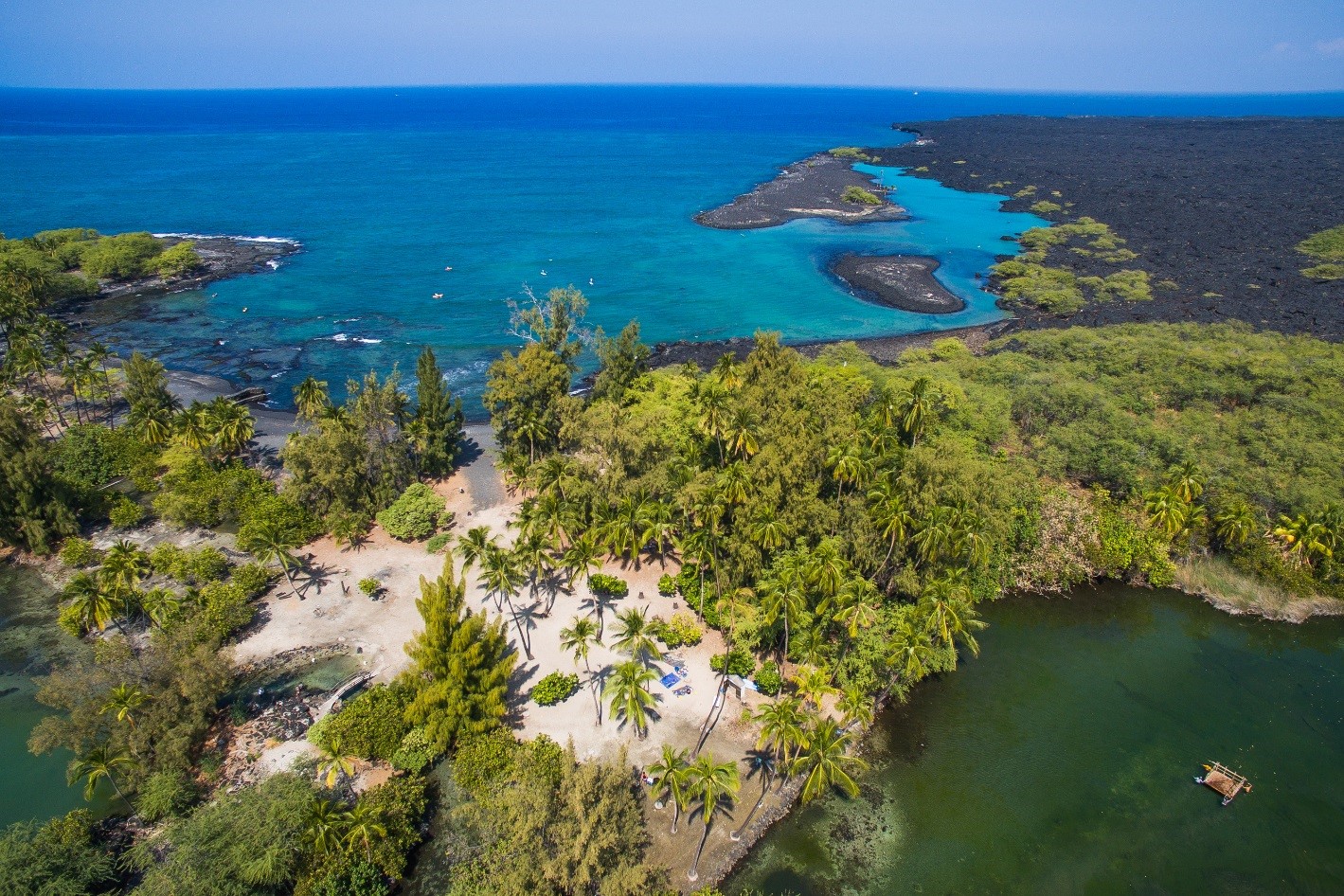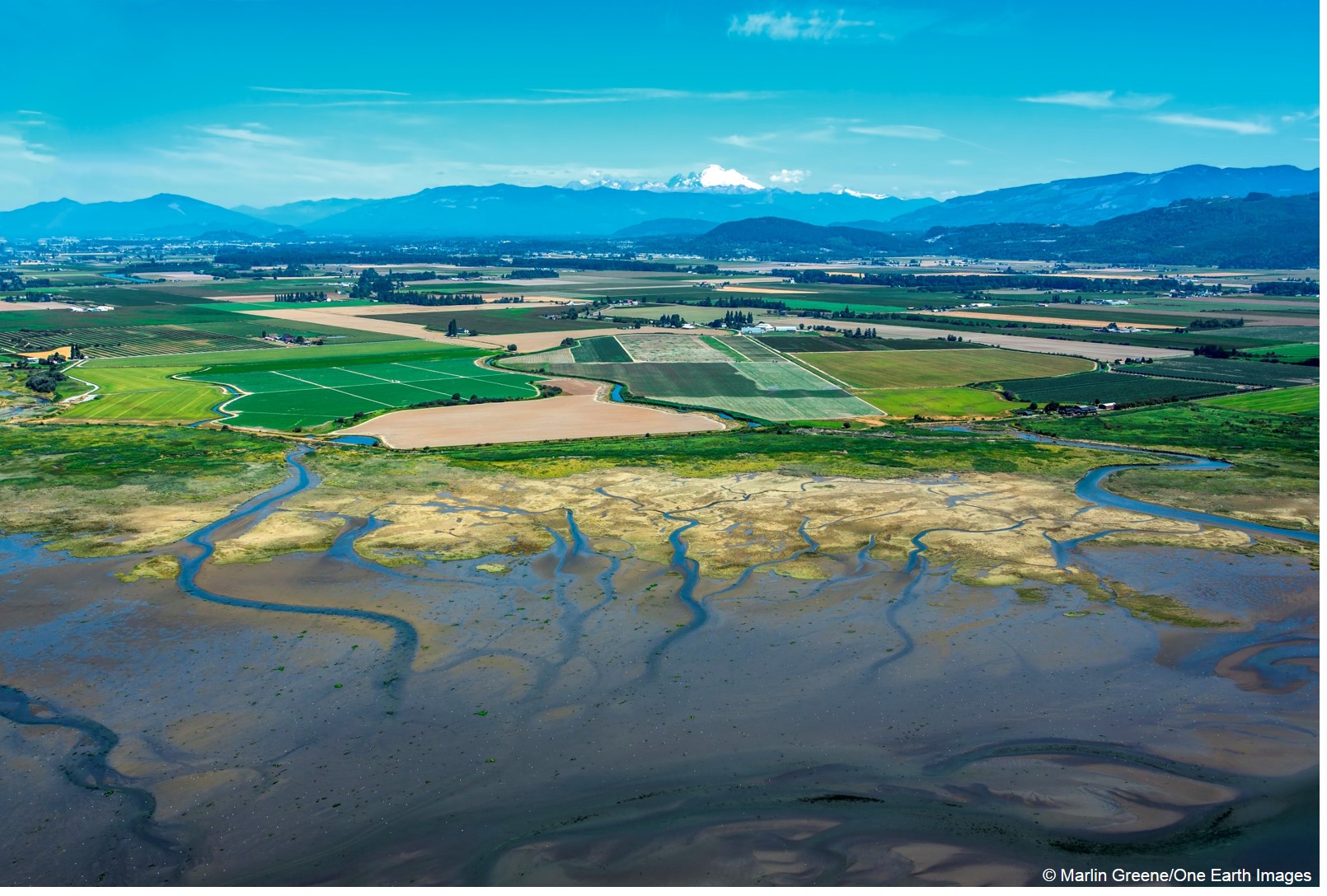
Southeast U.S.
Southeast coastal communities from North Carolina down to Florida have partnered to build understanding of the roles that natural ecosystems have in regards to coastal resilience and planning.

Southeast coastal communities from North Carolina down to Florida have partnered to build understanding of the roles that natural ecosystems have in regards to coastal resilience and planning.

South Carolina coastal communities are facing more frequent flooding from sea level rise and storm events. In response, they are identifying ways to visualize and reduce risk to their communities using natural infrastructure like coastal wetlands, beaches and dunes, living shorelines, and river floodplains.

The island of Hawaiʻi is home to a network of unique groundwater-fed anchialine pools, wetlands, and fishponds, which support numerous endemic species as well as provide key ecosystem services to natural and human communities. Predicting the effect of sea-level rise on these ecosystems requires models that incorporate groundwater levels which are elevated above sea levels and will exacerbate flooding in the porous basalt aquifer.
Read about how the Community Rating System Explorer App is being used in North Carolina and can be applied to other communities across the nation.
Download

Puget Sound is a national treasure, the second largest estuary in the country, a factory for salmon and shellfish, home to 4.5 million people, and the economic engine of one of the nation’s strongest regional economies. These are increasingly vulnerable to rising sea levels, more extreme coastal storms, and more frequent river flooding.